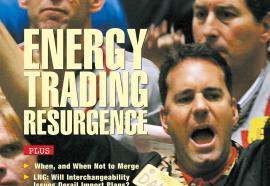Learning to Love Congestion
Competitive market problems and their implications for customers’ net costs.
In competitive power markets based on locational marginal pricing (LMP), the facts sometimes conflict with popular belief. Most notably: 1. When there’s congestion, the books don’t balance, and ratepayers always pay more than the generators receive. The difference is sometimes called “congestion cost.” 2. Congestion in a competitive market doesn’t necessarily increase ratepayers’ costs; and 3. Reductions in LMP are incomplete and sometimes misleading measures of economic benefits of transmission upgrades. These three facts and their implications should be considered in transmission planning, market design, tariffs, and system operations.




